
Ashitaba (also know as Angelica Keiskei) is a native Japanese apiaceous plant that has its origin on Hachijo Island, Japan. The inhabitants of Hachijo Island are well known for their longevity and good health. Ashitaba has been an integral part of their diet for hundreds of years. It has been taken as health food and also utilized as medical herb.
Ashitaba means “Tomorrow Leaf” in Japanese. Its vital life force is so strong that it is believed to grow new leaf tomorrow if you were to pick one of its leaves today. Due to its rich nutrition and remarkable healing effects, Ashitaba gained its fine reputation as longevity grass.
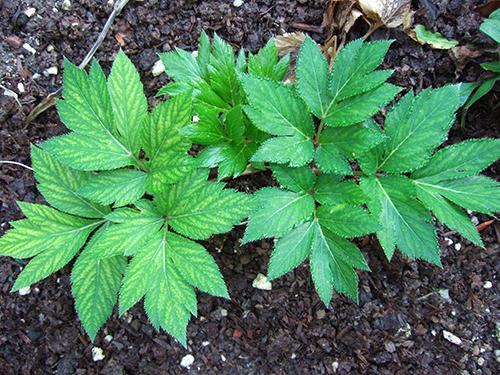
Evidence of Anti-Diabetic Properties in Ashitaba
There are mounting evidence that suggest Ashitaba has anti-diabetic properties. Researches done by Biotechnology Research Laboratories, Takara Bio Inc and Japan Bio Science Lab Co. Ltd. have shown that Ashitaba has displayed anti-diabetic activities due to the presence of Chalcones Derived from Ashitaba plant.

Ashitaba Chalcones Regulates Blood Sugar
Ashitaba has been known to contain two major chalcones which are Xanthoangelol (XA) and 4–hydroxyderricin (4HD). These two chalcones have been found to have glucose lowering activities such as the induction of adipocyte differentiation and the enhancement of glucose uptake. It increases insulin sensitivity, lowers and stabilizes blood sugar levels.
XA and 4HD have been shown to increase adiponectin production which helps lower blood sugar levels. It may act on gene level causing expression of genes that control better levels of blood sugar and improved levels of Lipid Profile.
Below are comprehensive research papers which support anti diabetic properties of Ashitaba:
- Anti-diabetic Activities of Chalcones Derived from Ashitaba, Angelica keiskei
- Angelica keiskei extract improves insulin resistance and hypertriglyceridemia in rats fed a high-fructose drink
- Antidiabetic Activities of Chalcones Isolated from a Japanese Herb, Angelica keiskei
- Six new chalcones from Angelica keiskei inducing adiponectin production in 3T3-L1 adipocytes
- Antidiabetic effect and safety of long-term ingestion of “Ashitaba” (Angelica Keiskei) Powder containing Chalcone (4HD) on borderline mild hyperglycemia
- Anti-metabolic syndrome action of Ashitaba Chalcone Powder
Ashitaba as part of diabetic diet
Ashitaba has many beneficial properties – these are just some of the most useful properties to maintain health for a diabetic:
- Helps regulate blood sugar and promotes metabolism.
- Contains chlorophyl which promotes wound healing.
- Stimulates Nerve Growth Factor (NGF) which alleviates peripheral neuropathy (a common neurological disorder resulting from damage to the peripheral nerves, which originate from the brain and spinal cord) – a common side affect of diabetes.
- Aids in weight control
- Improves vision
- Reduces blood pressure
- Regulates cholesterol levels
- Enhances liver and kidney functions
- Acts as an effective diuretic to remove toxic waste from the body.
Here is a product that is rich in Ashitaba Chalcone
Related Topics
Prediabetes Is Reversible – The Surprising Truth About Prediabetes
Diabetic Supplement For Type I & Type II Diabetes
The Importance of HbA1c Test for Diabetes
Diabetic Diet: Ashitaba for Diabetics
Metabolic Syndrome leads to Cardiovascular Disease
A Study of Ashitaba on Patients with Metabolic Syndrome

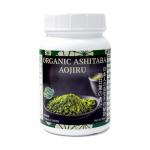





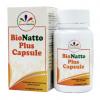

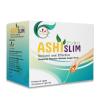
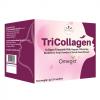


Where can i get product contain ashitaba. I hv diabetic n high blood presure
Kalo mau mitra gmna
How can I buy seedlings or plants for the Ashitaba as shown in the picture. There are many so called Ashitaba plants but nothing like the one you show in the picture.
Where can I get this plant, I’m in Los Angeles, Can you provide me address or phone number and place or business name, thank you Juan